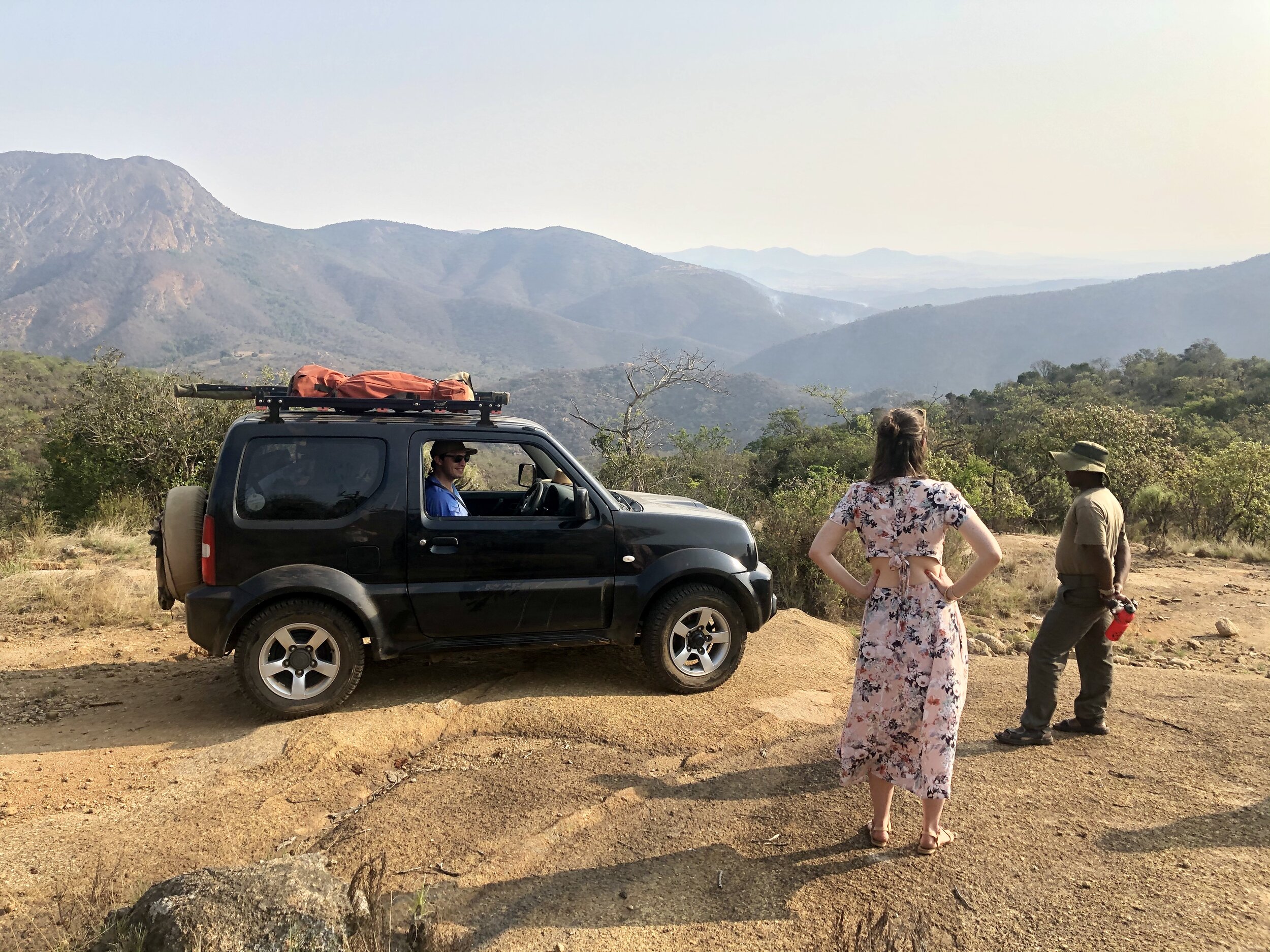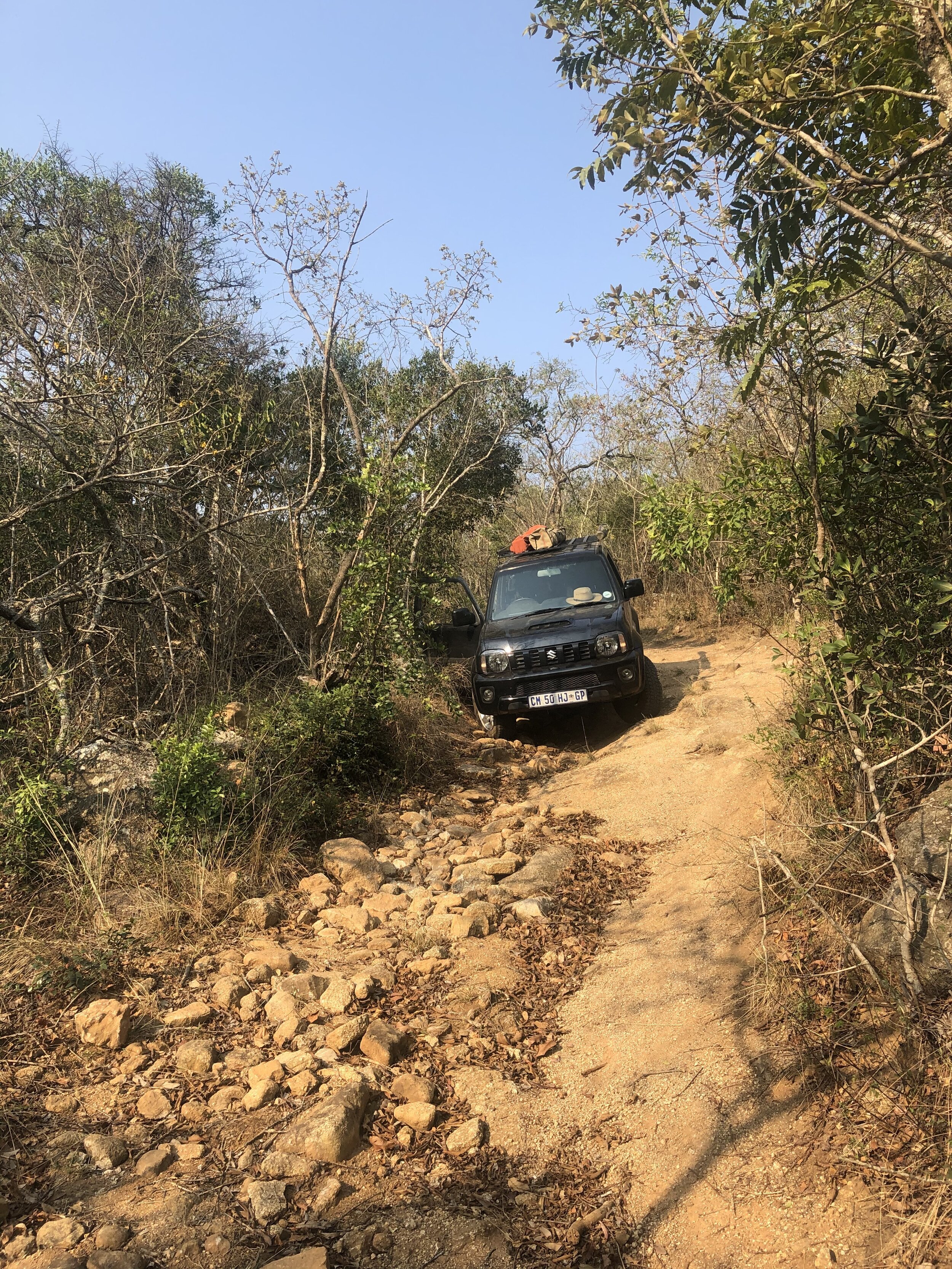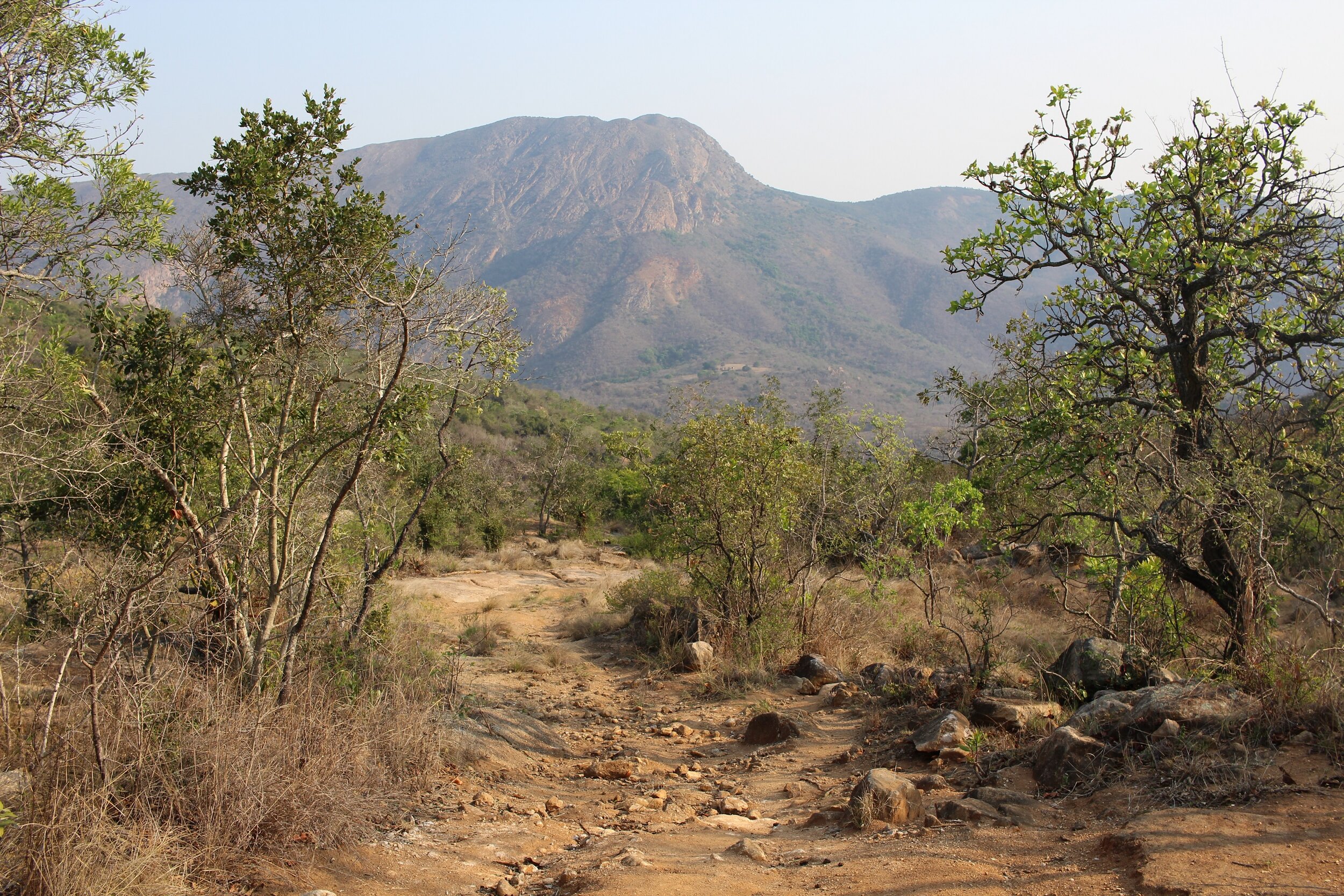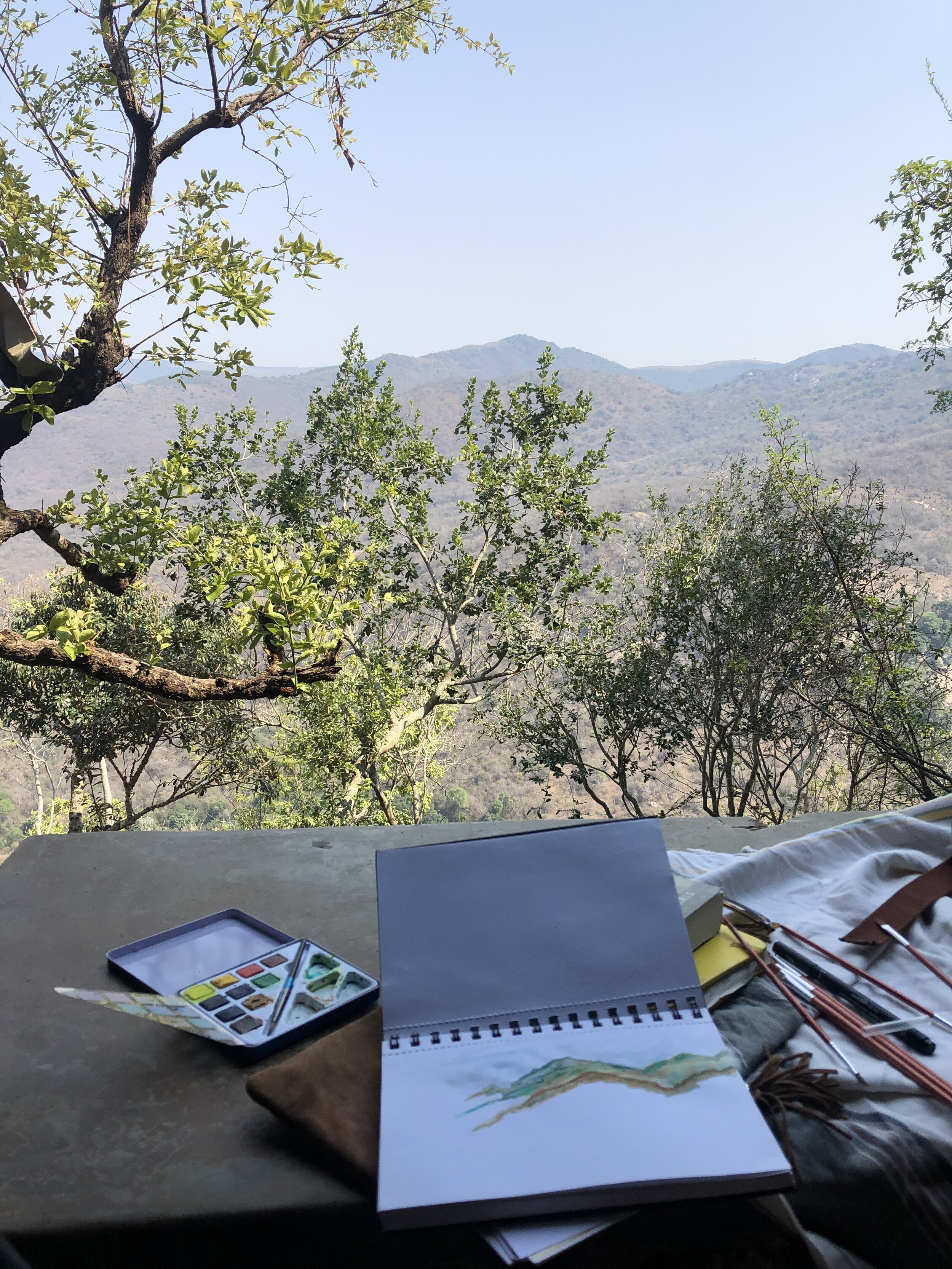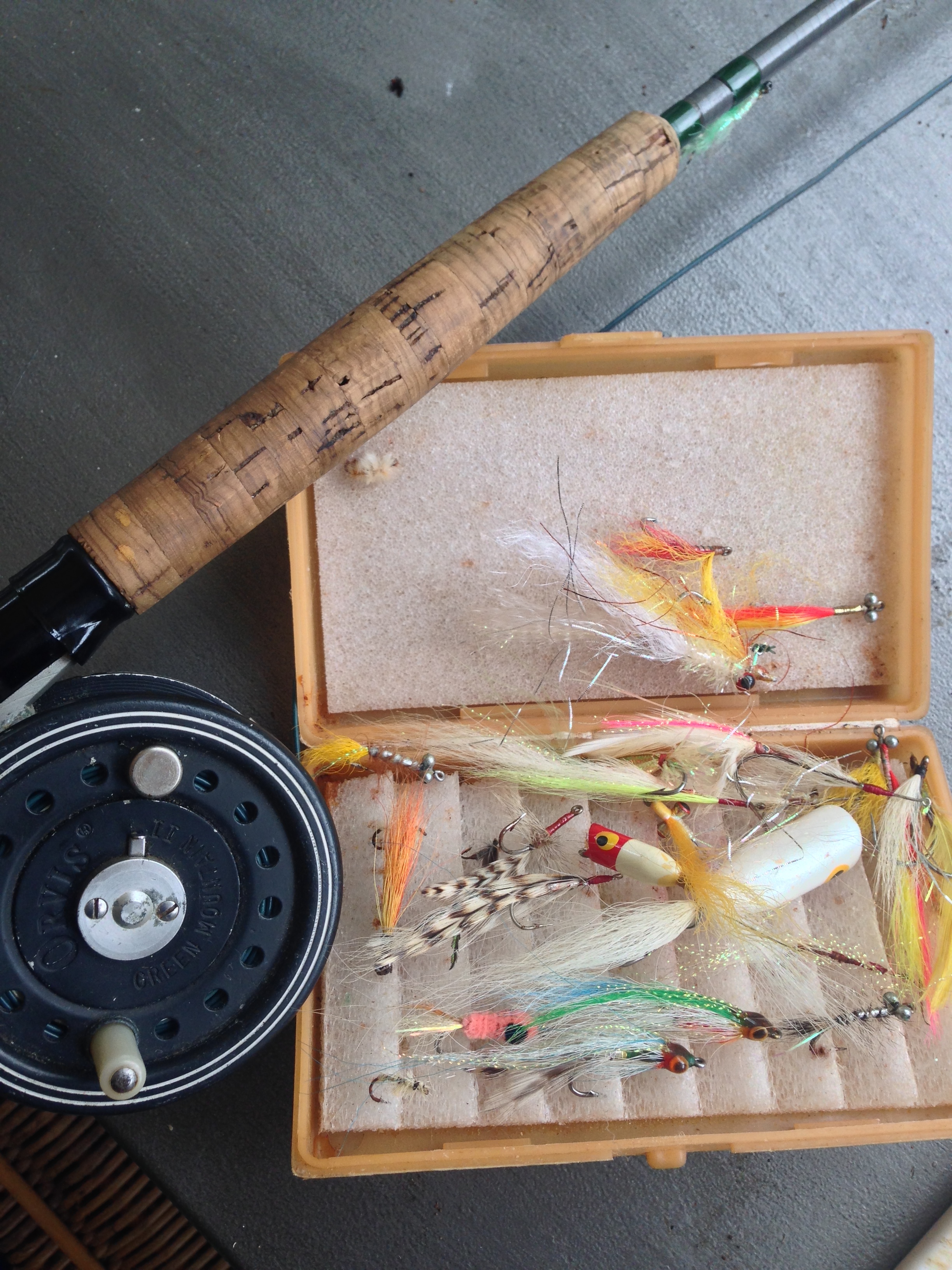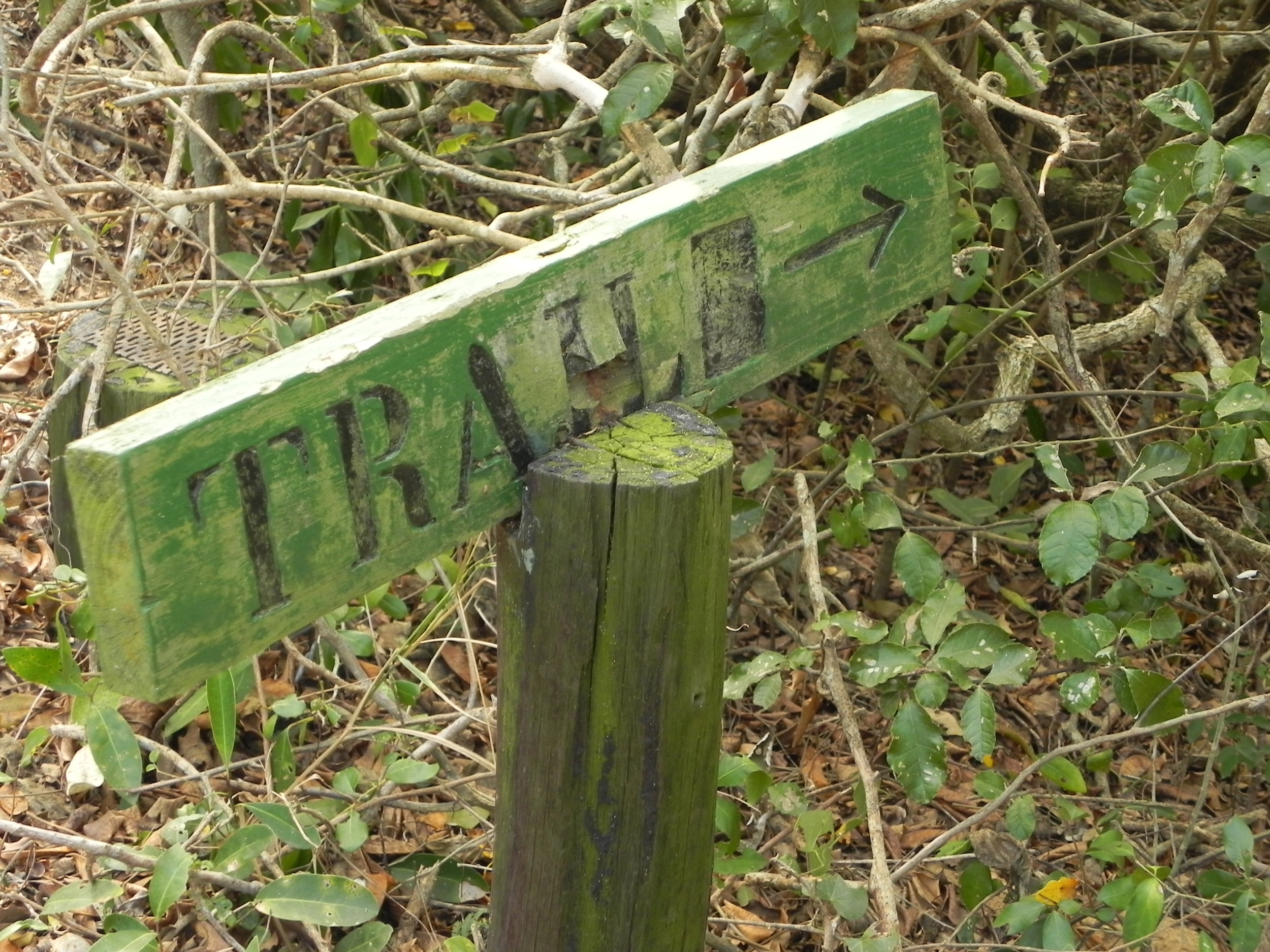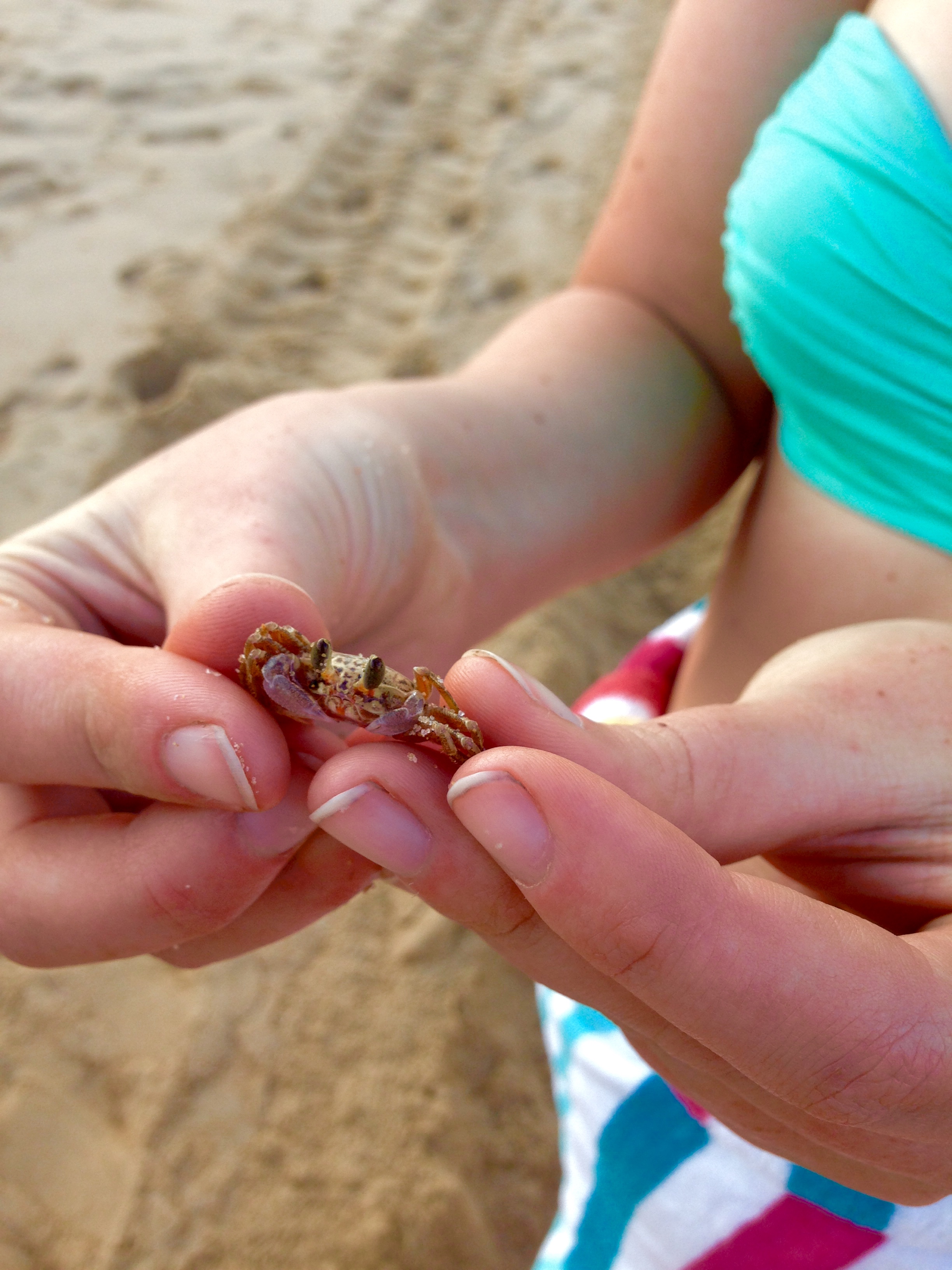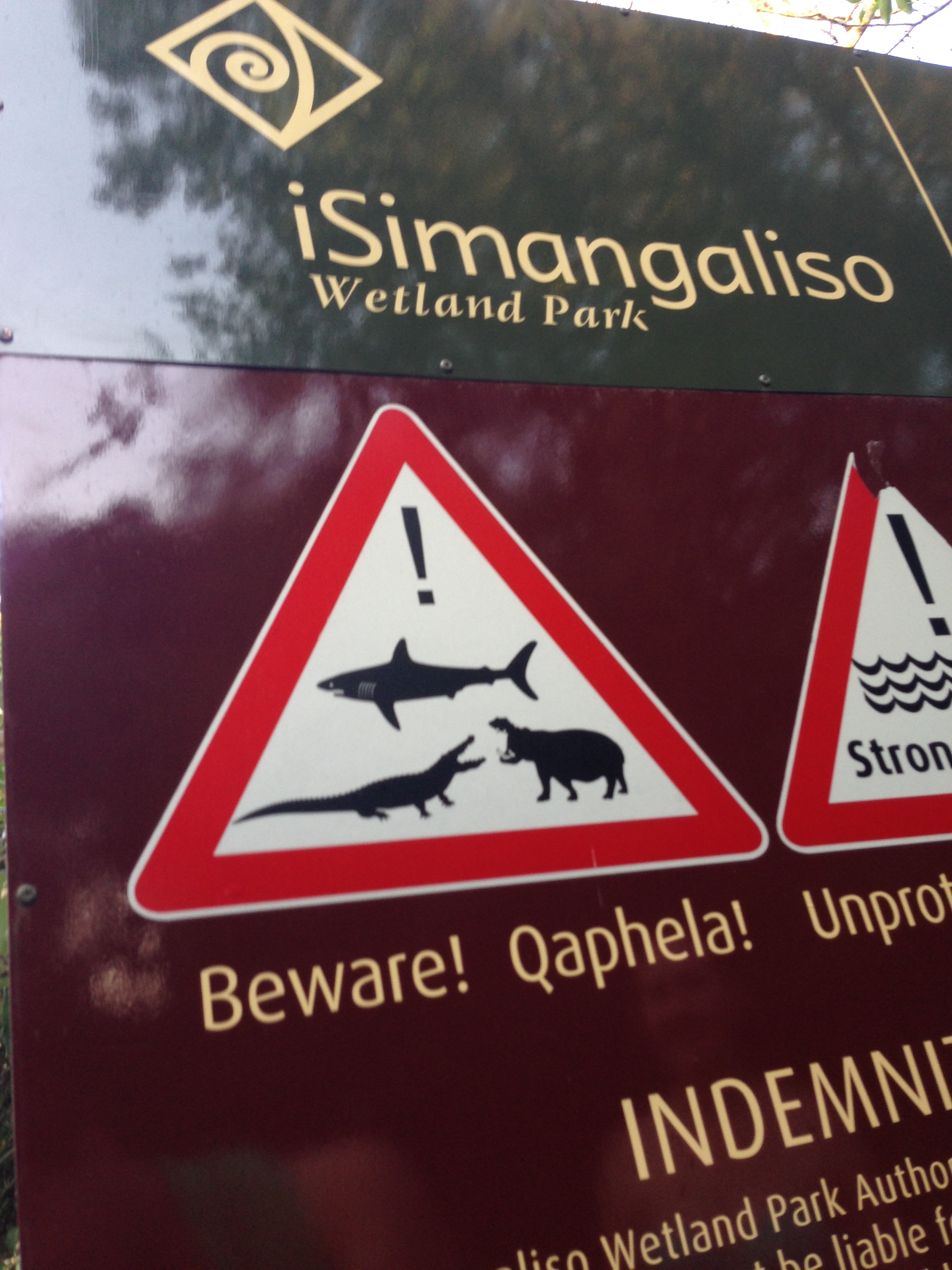Ngwempisi: Don’t bring your Ford Fiesta
4am alarm. Kettle on. Last minute packing: toothbrush, books, sunscreen. Where are the head torches? Jump in the car. Watch the sunrise over Joburg. We’re going to Eswatini.
The drive to Sandlane border was easy and we were through in 15 minutes. This meant we were on track to arrive in Manzini by 11h45. The Springboks were playing the All Blacks in their first game of the Rugby World Cup. Our friend Caroline was joining us for the first night and recommended we head to The George Hotel.
We arrived in the lobby - after fighting Saturday morning Manzini traffic - to find a large family wearing Springbok rugby jerseys. Caroline’s advice had been spot on. We watched the game while we enjoyed a couple cold Sibebes and some great fries.
The Boks were unlucky - they lost 23-13. Slightly subdued we jumped back in the car and headed back out of Manzini. After a quick stop for petrol, water and ice-cream (a mint Magnum, always) we hit dirt road on our way to Ngwempisi.
“Everything is fine!”
We wound up and down valleys on a bumpy, challenging road through forestry land and streams. We popped out at a local school and thought the worst was behind us. After passing a homestead we drove onto a large rocky koppie with thick bush ahead of us. The road was not obvious, which was the first red flag.
The route to the camp was some of the most technical and challenging offroading we have done. We battled rocky slopes, loose rock and at one point wedged one of our cars on top of a boulder. We got into sticky spots and had serious clearance issues. Jolene the Jimny did well. Chris’s Toyota Hilux, which is heavy enough, had the added weight of two rooftop tents. It struggled and he sweated.
Caroline and Kate were in and out of our cars guiding Ben and Chris and moving rocks. It took us an hour to get down. Our friends who left their car at the top walked down in 15 minutes.
It was a lot of (nervous) fun. Worth it but hairy at times. We arrived just in time for well earned sundowners.
Neverland campsite
We arrived at Khopho Camp as the sun began to set. Beers in hand we clambered onto an enormous boulder and watched fires burning down in the Ngwempisi river valley.
Caroline brought Prosecco - which had made it unscathed despite the bumpy journey. We popped it and enjoyed the fire.
The camp was opened in 2007 with funding from the European Union. Whoever designed it had a special vision. The only way to describe it is a treehouse built into a tumble of boulders. There are different wooden platforms with stairs and viewpoints. You wind from sleeping areas with 15 bunkbeds to an open air kitchen and then onto a hidden shower with a view down to the river.
Sadly it has seen better days. It’s quite run down and has not been maintained. There was a lot of rubbish - including a toilet seat hanging from a tree! We brought our tent but flat ground is limited. You can drink the water and there are flush toilets.
We enjoyed our one night there. We didn’t have time to explore the hiking trails. Ben made it down to the river, which was clear and deep. Good for swimming and fishing! Be warned the climb is very steep and hard to find.
The next morning we packed up and prepared to tackle the road again. It was a bit easier going up but still challenging. Jolene’s power and lightness really helped.
We were charged R200 per person for the night,. We thought this was quite expensive considering the state of the camp and the basic facilities. We passed on our recommendations to the manager.
It is a spectacular spot, with good 4x4-ing and tough hiking trails. A little investment and on-going maintenance would make us return. It is also possible to do multi-night hikes in the reserve hiking to different camps each night.
We dropped Caroline back in Manzini and headed east to Mbuluzi Game Reserve. Blog post coming soon.
How to book
There isn’t much information about the camp online. To book contact the manager, Nothkozo, on +268 7614 5863. He doesn’t have Whatsapp so you need to call.

